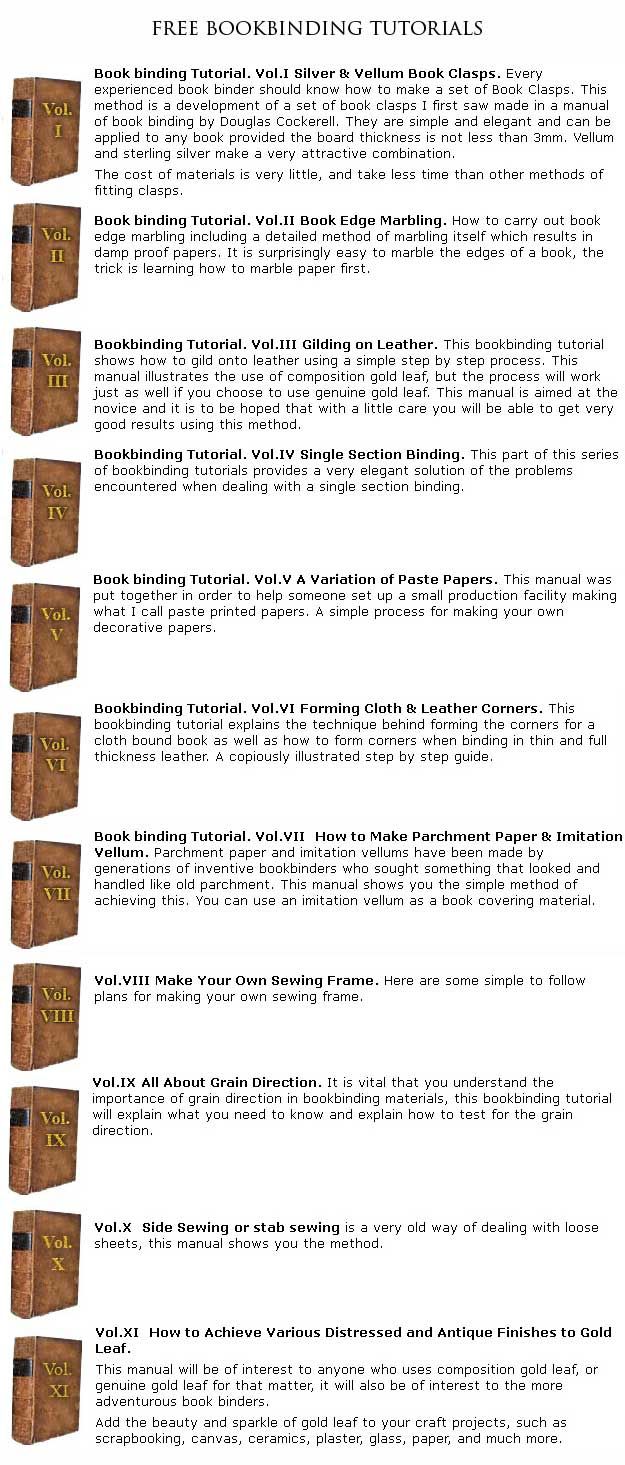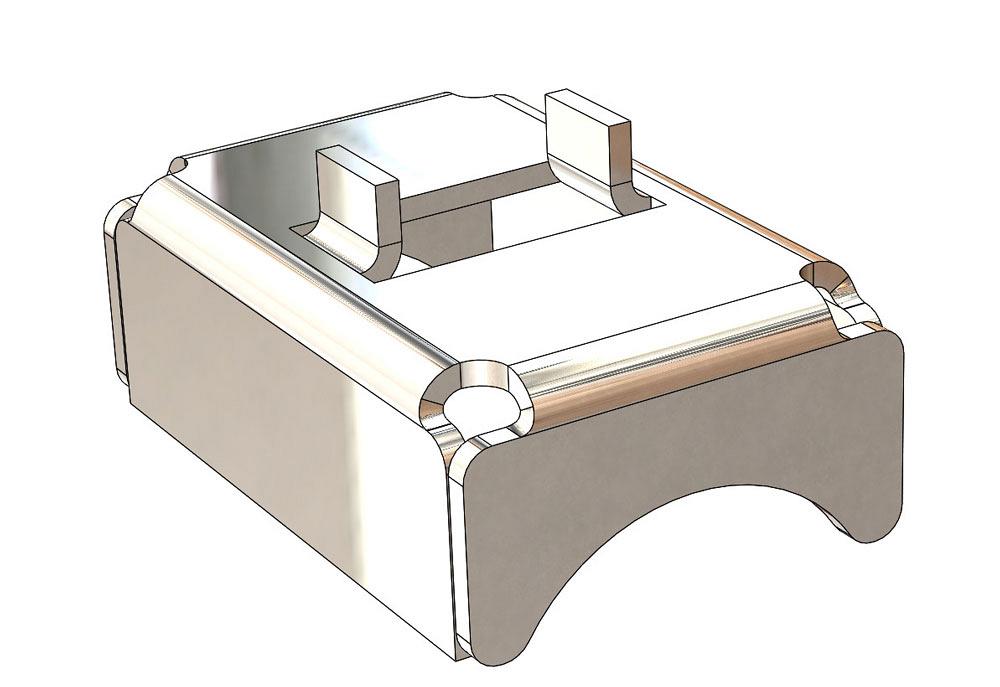Forming Sheet Metal Grain Direction

As a general rule the grain line must run perpendicular to the bend to avoid the potential for cracking or fracture.
Forming sheet metal grain direction. Applying this to metal bending be it plate bending press braking or any other type of metal forming consideration must be given to the grain direction before any process is carried out. Sheet metal forming is a costly manufacturing process that is widely used in different industries. Reducing grain size is a common way to improve material strength which often has little to no effect on the material s toughness. A metal s grain direction is usually only a factor when bending however.
In addition the grain direction needs to be considered when the bend radius is less than twice the thickness depending on the material and its hardness. The surface area to volume ratio of the starting metal is relatively high. Has anybody heard of bending sheet stock 063 5052 h32 aluminum with grain direction on the diagonal. The bracket is like an upside down 6 long x 4 wide x 2 high box but has integral attaching flanges on the two 4 ends.
Maziar ramezani zaidi m. Ripin in rubber pad forming processes 2012. This manufacturing method is where hot metal is compressed through rollers and forced into shape elongating the crystals in the process. A metal s strength is directly related to its grain size.
Local sheet metal shop not an aircraft shop experienced cracking on folding up a simple bracket. Sheet metal forming involves forming and cutting operations performed on metal sheets strips and coils. This micrograin runs parallel to the edge of the ribbon of sheet metal as it comes out of the roller. Bending the sheet metal longitudinally with the grain allows those grains to separate at the grain boundaries.
Many small companies are required to manufacture curved products and shallow parts with fine details in a small lot size which leads to both a higher production cost per detail and a need for multiple tools. The rolling process also introduces a grain direction in the microstructure of the sheet. To predict the material s behavior accurately during bending especially at the press brake you need to accommodate for the grain direction. Grain direction also plays into the amount of springback you can expect.
Grain direction is a term used to describe the rolling direction of metal after being manufactured into sheet plate or coil. Other components are often mounted or. As a third source of grain in the material the rolling mill can sand the surface of the ribbon to give it a cosmetically appealing finish. Grain structure in the metal sheet is critical for avoiding cracks in sheet metal parts with lugs or tabs that are cut on three sides and bent in or out.
Texture or grain direction must be taken into account for accurate predictions of material behavior and characteristics when forming bending.













































